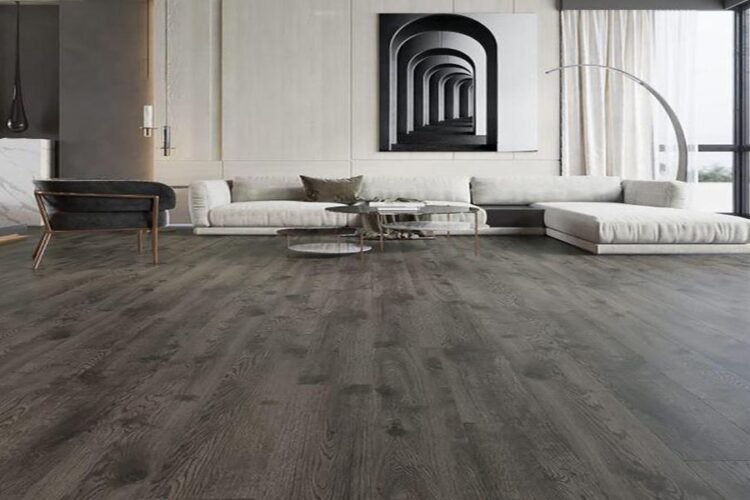SPC flooring, also known as rigid core vinyl flooring, has taken the flooring industry by storm. Designed to withstand the test of time and fashion, it combines the resilience of stone with the versatility of vinyl to create an exceptional flooring solution that caters to modern homeowners’ needs.
The first thing that sets SPC flooring apart from traditional options is its unmatched durability. With a dense core composed of limestone powder, polyvinyl chloride, and stabilizers, SPC flooring is virtually indestructible. It can handle heavy foot traffic, resist impact, and endure the wear and tear of everyday life without losing its charm. Whether you have active kids, playful pets, or frequently host gatherings, SPC flooring is up to the challenge.
But durability is not the only reason SPC flooring is gaining popularity. Its wide array of styles and designs allows homeowners to achieve their dream aesthetic effortlessly. From natural stone and wood textures to contemporary patterns, SPC flooring offers a myriad of options that can mimic the look of high-end materials at a fraction of the cost. With vibrant colors and realistic textures, it’s hard to distinguish SPC flooring from its natural counterparts.
SPC Flooring vs. Laminate: Which Reigns Supreme in the Battle of Budget-Friendly Flooring?
Laminate flooring has long been a popular choice for those seeking a wallet-friendly option. Composed of high-density fiberboard (HDF) with a photographic layer mimicking wood, stone, or tile, laminate can replicate the appearance of expensive materials at a fraction of the cost. Its affordability, coupled with simple click-lock installation, has made it a go-to solution for DIY enthusiasts.
However, laminate flooring does have some limitations. While it can handle regular foot traffic, it is not as durable as SPC flooring when it comes to resisting impacts or heavy use. The HDF core is susceptible to water damage, and prolonged exposure to moisture can cause the planks to warp or swell, limiting its use in moisture-prone areas.
On the other hand, SPC flooring boasts superior durability, making it a strong competitor against laminate. With its rigid core composed of stone and plastic composites, SPC flooring can withstand heavy impacts and resist wear and tear, making it an ideal choice for high-traffic areas like entryways and hallways. Additionally, SPC flooring is completely waterproof, making it suitable for bathrooms, kitchens, and basements.
Going Green: Unveiling the Eco-Friendly Advantages of SPC Flooring for a Sustainable Home Makeover
One of the key eco-friendly aspects of SPC flooring lies in its composition. Unlike traditional vinyl flooring, SPC flooring contains no phthalates or harmful chemicals, making it a safer choice for indoor air quality. Additionally, the core materials of SPC flooring, such as limestone powder and polyvinyl chloride, can be sourced from abundant natural resources, minimizing the need for excessive extraction of finite materials.
The manufacturing process of SPC flooring is also more environmentally friendly compared to other flooring materials. The technology used to produce SPC flooring consumes less energy and emits fewer greenhouse gases, reducing the carbon footprint associated with its production. As a result, homeowners who choose SPC flooring can feel confident that their purchase aligns with sustainable practices and supports the preservation of the environment.

